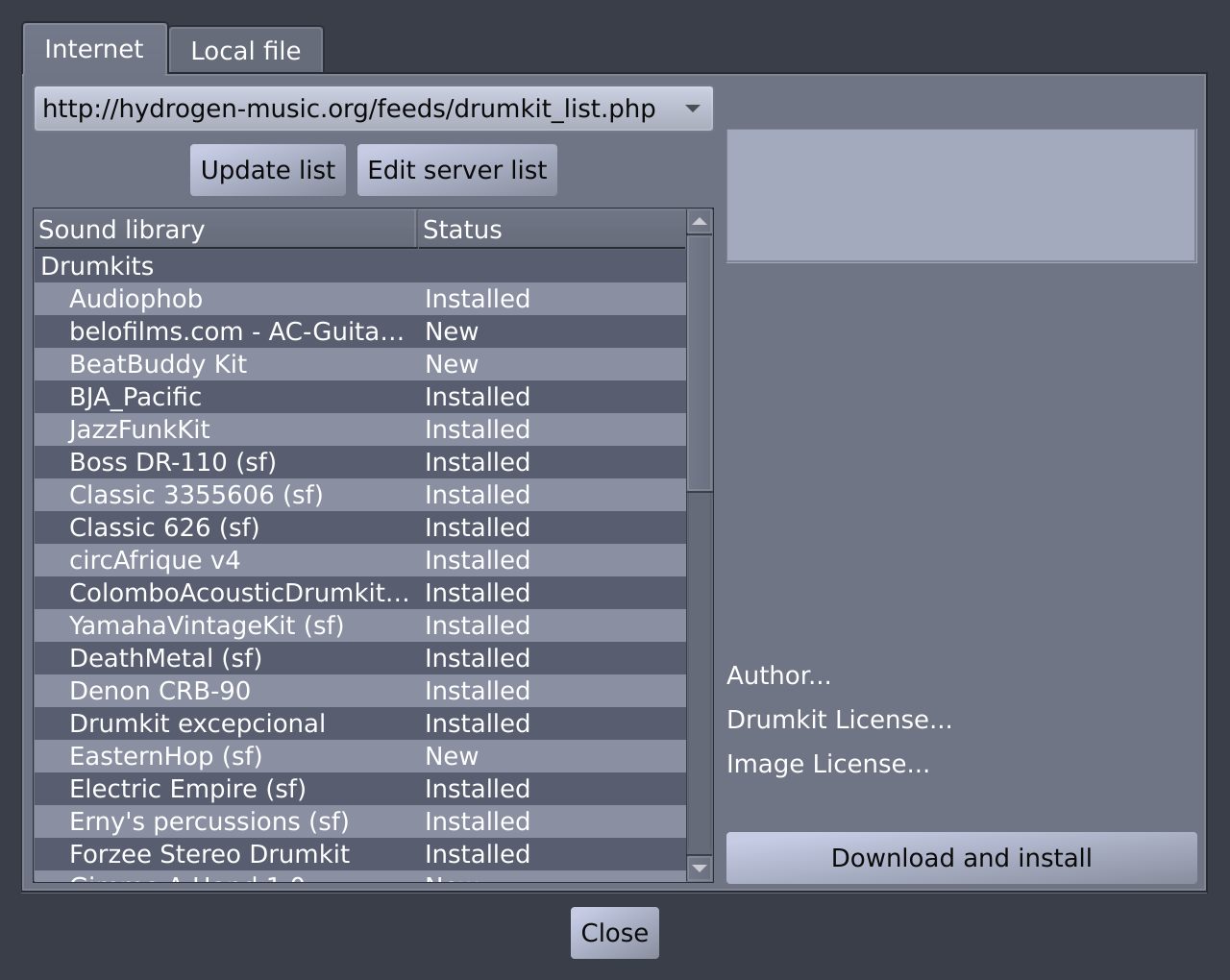
REASON 9.5 IMPORTING AT WRONG TEMPO HOW TO
Hardware overview power on / off charging the battery replacing the battery low battery indicator inputs and outputs interface overview index buttons color dials parameter leds parameter pages track select button tracks / patterns / step buttons record button transport buttons musical keyboard transpose buttons shift button pitch bend microphone speaker general operation playing notes playback editing editing operations recording how to record parameter pages introduction toggle pages reference chart lfo track introduction parameters step count step length offset notes select plug / preset randomize preset store preset kill track notes / panic link / unlink tracks step components introduction using step components clear step components reference chart step components + app project introduction select project select pattern chain patterns copy pattern copy settings copy track copy project clear pattern bounce pattern snapshot saving project + app mixer introduction parameters mute track mute groups mute audio mixer + app tempo introduction parameters set tempo tempo nudge lock tempo adjust swing using the metronome external sync screen introduction for even deeper understanding visit the ems siteĪnd take a lesson, check out the latest videos and sign up for a workshop.Ĭlick on the section you want to read more about once you've become acquainted with its operation, use it as a reference guide.
REASON 9.5 IMPORTING AT WRONG TEMPO MANUAL
Make sure to read this manual carefully to get the most out of your new OP-Z. We hope it will inspire your creativity for many years, and become a trusted companion for both audio and visual expression. we are proud to present to you this portable, powerful and playful music making device. I have personally used these methods in Cubase 7 and Cubase 7.5.Thank you for choosing the OP-Z multimedia sequencer and synthesizer. If these auto alignment results need tweaking, then you can add your own additional hitpoints/warp markers afterwards and click-and-drag warp them yourself to match the grid.This will open that audio part in an audio part edit window. Double-click the audio part that has undesirable fluctuations in tempo.In the event that you would like to instead warp the audio to match a steady tempo, then the second method, using hitpoints to create audio warp markers, will appeal to you. Method 2: Warp the audio so it stays with the project's tempo track This dialog allows you to have Cubase automatically add tempo changes to match your audio track's tempo fluctuations with great precision. Then, look for an item in the audio processing menu in the main project view that brings up a dialog where you can either tell Cubase to "detect beats" or manually tell it how many measures elapsed over a certain amount of time.First, select the audio part you want to get the tempo changes from.


Method 1: Change tempo to match the audio track Since you're looking to change the tempo to match the audio, the first method is what you're looking for. There are two ways to get an audio part and tempo track to line up.


 0 kommentar(er)
0 kommentar(er)
